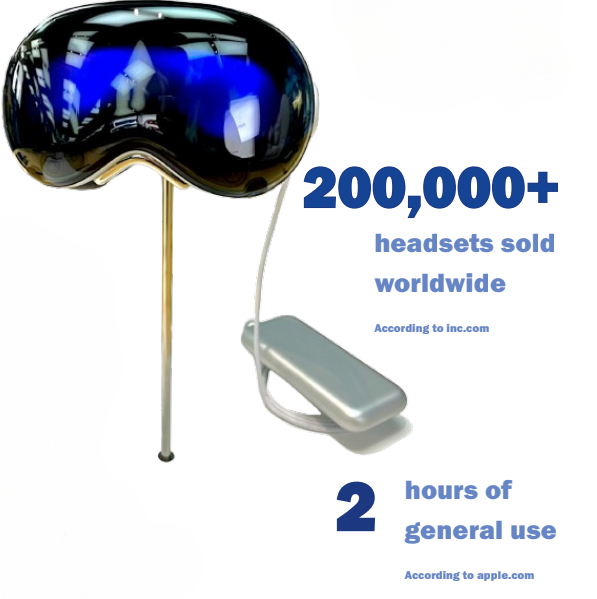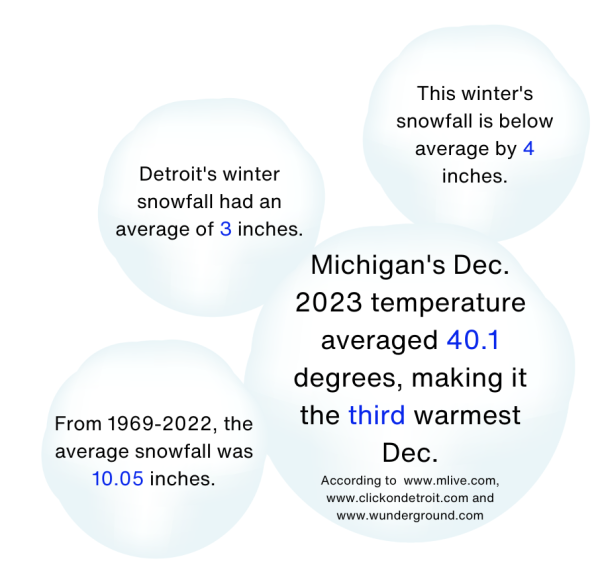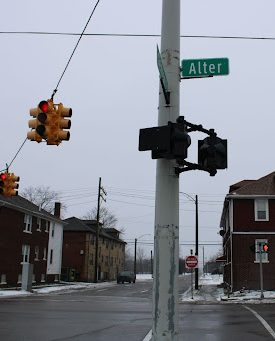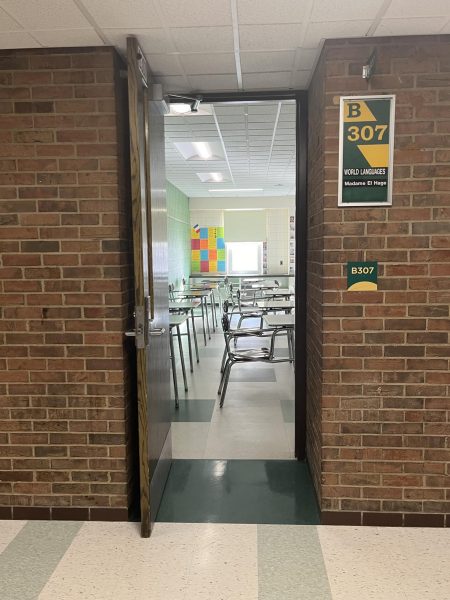Meta-analysis study finds correlation between mood disorders and creativity
February 5, 2019
For as long as she can remember, junior Presley Powder has spent her days with a marker, pencil and paintbrush at hand, scribbling away on a canvas. While many interpret her love of art as simple creativity, she attributes her relationship with art to her struggles with communication and being understood by those around her.
“Before I could really write — because children (process) pictures more quickly than words — I had all of these ideas and I couldn’t really express them through words,” she said. “So I just express them through the images that were coming together in my mind. I have always had an easier time expressing my ideas through pictures and more abstract ideas.”
According to a Meta-Analysis on Sage Journals, people diagnosed with a mood disorder such as depression or bipolar disorder are more likely to be creative and involved in the arts than those who are not. However, this does not imply that those diagnosed with mood disorders are inherently more creative.
Powder, who struggles with a mood disorder, said she believes that people facing mental illness’ struggle to be understood by those around them, which is why they turn to creative outlets such as painting, music or writing.
“People who aren’t mentally ill fit in better with other people and their thought processes are very normal and mainstream. I would think those people tend to be less creative just because they fit in with people so well and they have such an easy time conforming,” Powder said. “People who experience mental disorders (and/or) mood disorders are, even if they don’t express the outwardly, they’re inwardly separated from society. That forced separation kind of brings in this creativity, you have to think about your own ideas.”
Freshman Garrett Vanmarter said that not many people openly talk about their mental illness in school due to social constructs. He believes that the correlation between mood disorders and whether one is involved with art can be seen most distinctly in famous performers and artists.
According to an article published on The Ascent in 2018, 80 percent of writers have some form of mood disorder, and are more likely to abuse substances such as drugs and alcohol than non-artists. Artists such as Walt Disney and Vincent Van Gogh put faces to this trend as they struggled with their mental health during their careers.
Freshman Cassidy Alex who has been diagnosed with Borderline Personality Disorder said she uses art as a form of coping with her mental illness. She often plays guitar, writes in her journal or paints whenever it “gets bad” for her.
Alex said she thinks utilizing creative outlets are healthy ways of dealing with personal problems. She thinks that it is why many who struggle with their mental health turn towards art as a way of managing it.
“Whenever I start to drift off, I bring myself back and I draw. Sometimes I draw what I see, I draw what I hear and I write about it. I think that really helps seeing it on the paper and knowing “Okay, it’s not real it’s just in my head,” but I got to figure out what’s going on,” Alex said. “I think that you need to find what works for you, find what you can do to distract yourself from the thoughts… you don’t want to sit there (with) your (negative) thoughts because that’s never good.”











